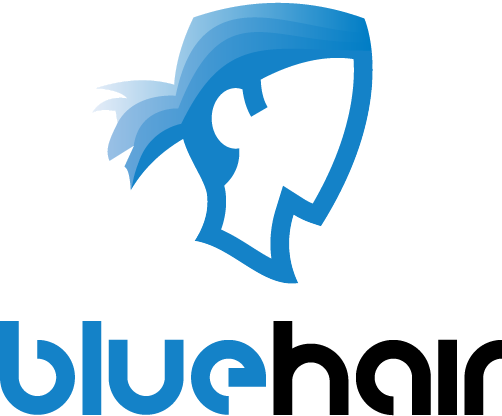The wonderful Wizard of Oz… Prototype
 I’ve talked before about the Virtual Goals project that I worked on a few months back, and in this post I’d like to talk a bit more about one of the techniques that we used during the project: Wizard of Oz prototyping
I’ve talked before about the Virtual Goals project that I worked on a few months back, and in this post I’d like to talk a bit more about one of the techniques that we used during the project: Wizard of Oz prototyping
This technique (named of course after the famous book by L. Frank Baum) is in my opinion one of the most powerful ways of experimenting and developing user interfaces dealing with smart systems, because it allows you to test even when there is no smart system to start with!
The idea is fairly simple: you make a prototype in which all of the actions which will eventually be attributed to the computer system are actually performed by a person.
Let’s illustrate with an example; let’s say you want to make a system that recognizes a person’s hand movements in front of a virtual screen to control a video (á la “Minority Report“), but you are not sure if this will be an appropriate interface for your project, or you want to know what would be the implications of such an interaction for your user. Developing a system that recognizes your user’s gestures would be a time and money consuming endeavor, and if all you want to do is test the interaction, this would be very cost-ineffective.
At this stage, you should rather apply a Wizard of Oz approach and create a simple system that can be controlled by, say a keyboard, and while your user is interacting with the proposed interface, you can be controlling the actual system through the keyboard according to the hand movements you see him perform (depending on the type of test you are making, this could be done with or without the user knowing that you are the one actually controlling the system).
In the particular case of the Virtual Goals, our intended system consisted of replacing the normal goals and nets we have today on a football field, by two large surface areas on each side of the field in which different types of goals can be displayed according to what the users choose (for example a moving goal or one with a fixed position). The surface areas work independent from each other, allowing the users to make combinations of different goal types to create a more competitive environment.
At an early stage of the project, we wanted to test if the users would understand the way to control the goals in order to choose the one they wanted to play with and we wanted their reactions on how it felt to have a dynamic goal. We created a very fast and simple flash application wich mimicked the way the goal would look like, and which we could easily control by using a keyboard. We then projected this on a wall to recreate the goal on a more human scale, and invited someone to interact with it.
While this person played with the wall, I sat behind the computer paying close attention to where the ball was hitting the wall so that I could immediately tell the system wheter or not an action had been triggered by the user (such as changing goal type or scoring a goal) so that it could deliver the proper reaction.
As you can see from the video below, the test worked pretty well and the user barely noticed that I was the one controlling the whole thing, which gave us a more natural interaction and better insights as to how people would use the goals. And the best part was, we didn’t have to invest much time or money on it so it was a very effective way of testing our concept.
[vimeo video_id=”20987560″ width=”630″ height=”473″ title=”Yes” byline=”Yes” portrait=”Yes” autoplay=”No” loop=”No” color=”00adef”]
PS. My appologies to Mike for not asking for permission to publish his cartoon, hope he doesnt mind. But you can find this and more by visiting his site (See Mike Draw) …they are awesome!



